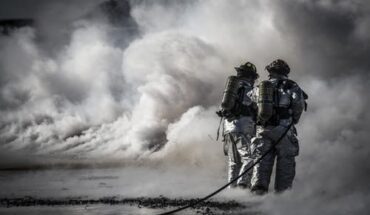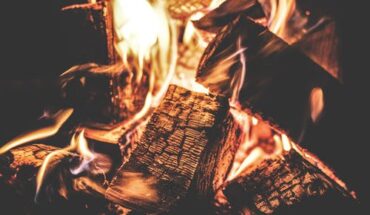Getting ready for a natural disaster is a strategy to ensure a safe and sound experience during the incident. Nevertheless, due to the emergence of various types of catastrophe worldwide, it can be challenging for anyone to identify the best disaster-specific actions to take. Thereby, they tend to cram in devising a scheme. So, gain the proper knowledge of the do’s and don’ts in the course of a calamity.
Earthquakes
Earthquakes are among the rampant natural disasters worldwide. It transpires even in the most unexpected locations. Still, it is more prone to areas positioned near or over a fault line. This is the rocky underground surface that breaks and moves during earthquakes. Once this calamity strikes a country, it can cause countless destructive damages and fatalities, requiring in-depth restoration procedures. Successfully schedule a service on this page.
Do’s
As the ground begins to shake, quickly move far from breakable materials such as glass doors and windows. Because of the adrenaline rush, it would be challenging to locate a safe place around the property. In this case, drop your body, hide under sturdy furniture like the tables, cover your head, and hold that position until the vibrations stop.
Don’ts
The moment the earthquake begins and until it ceases, never intend to move and relocate to another place. All you need to do is hold back and stay where you are, as there could still be aftereffects, such as diverse vibrations or tsunamis that can be stronger than the primary incident. Moreover, do not drive or go places near live wires and debris until regarded as safe.
Hurricanes
A tropical cyclone or hurricane is perceived as a dangerous calamity that can bring about significant harm and injury because of the events it can give rise to. Hurricanes can trigger multiple distressing impacts gathered together as one, including storm surges, powerful wind circulation, rip currents, and flooding. These events induce life-threatening damages that might call for a disaster remediation procedure from a trusted Jupiter restoration company.
Do’s
In contrast with earthquakes, hurricanes can be detected and tracked before striking a place. So, it is essential to devise a disaster-specific plan, starting with organizing necessary supplies, such as battery-operated equipment, food, beverages, and emergency kit. Secure loose interior and exterior materials in a safe place; keep away from falling objects.
Don’ts
When the hurricane comes to an end, stay dormant unless the authorities release a declaration that it is safe to roam and make headway to a safer location. As you step outside, stay clear of falling debris and electrical equipment. Moreover, never proceed to an area near a body of water to avoid contact from potential aftermaths.
Tornadoes
Tornadoes are considered an outrageous type of natural calamity that broadens from a thunderstorm accompanied by whirling winds. This can cause an intense revolving column of air, forming like a funnel, stretching from the earth’s surface to the heap of cumulus clouds. Therefore, wiping out numerous infrastructure and vehicles that can take life back.
Do’s
When you are inside a property, relocate downstairs and proceed into the basement or storm cellar. Once you get there, lie face down on the floor with hands covered on the head and neck. But, suppose you are outside as the event takes place, drop off in a trench to shield the whole body. Lastly, speedily drive away from the tornado path if you are inside a vehicle.
Don’ts
Never position yourself in a sanctuary with an unstable structure or under an infrastructure, such as an overpass. When inside a building, do not intend to use the elevator to proceed from one floor to another. On top of that, never situate yourself in places with potential dangers where flimsy materials can drop or fall debris.






